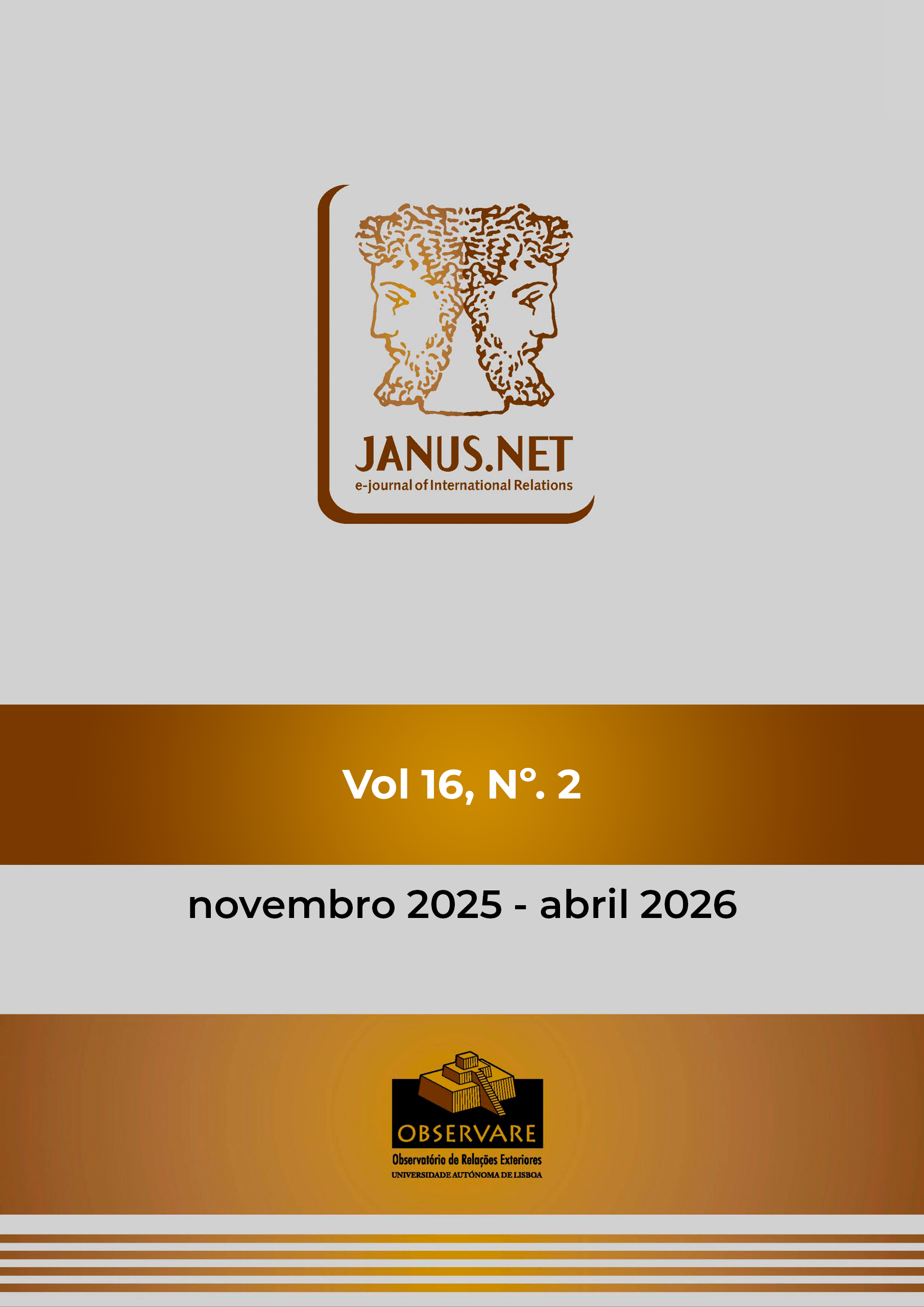BRICS VS. G7: A COMPARATIVE ANALYSIS OF ECONOMIC AND POLITICAL EFFICIENCY IN SHAPING GLOBAL ORDER
DOI:
https://doi.org/10.26619/1647-7251.16.2.16Keywords:
Power-Dynamics, Efficiency, Geopolitical, Comparison, MultipolarAbstract
The global distribution of power is increasingly shaped by the competing influences of two major blocs: BRICS (Brazil, Russia, India, China, and South Africa) and the G7 (Canada, France, Germany, Italy, Japan, the United Kingdom, and the United States). This paper investigates how BRICS and the G7 shape the emerging multipolar global order. Using comparative analysis of key indicators: GDP, trade flows, investment patterns, diplomatic engagement, and strategic alliances. The paper examines each bloc’s structure and internal cohesion. The analysis underscores the G7's historical supremacy, which stems from its economic strength and political unity, in contrast to BRICS’ rising role as a representative for the Global South and a platform for alternative governance models. Important metrics include trade flows, investment trends, diplomatic efforts, and strategic alliances. The research also assesses the internal dynamics within each bloc, including challenges to cohesion and the effectiveness of decision-making. By comparing the advantages and drawbacks of BRICS and G7, this paper provides insights into their respective functions in a multipolar world order, evaluating their ability to promote transformative global agendas. Lastly, the paper concludes that both alliances embody divergent approaches to global governance, reflecting deeper shifts in international collaboration, competition, and the balance of power.


